|
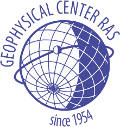 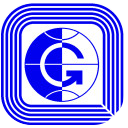
H. and R. Abels Arti geophysical laboratory-observatory is maintained by the Bulashevich Institute of Geophysics, Ural Branch of RAS (IG UB RAS). The history of the Arti geophysical observatory began in 1836, when regular magnetic observations in the Ural Region of Russia began. A. Humboldt (1769–1859), G. Erman (1806–1877), A. Kupffer (1799–1865), and the Russian Academy of Sciences with the support of Carl Friedrich Gauss (1777–1855) were their initiators. High presicion was achieved already in the first years of the observatory’s functioning, and, in the words of C. Gauss, it was “a degree of precision satisfying the scientific requirements”. The first description of the observatory and the observed data were published in 1837 in the 1st volume of the “Meteorological and magnetic observations made in Russian Empire”. In 1841 the observatory was updated to the level of English observatories, and since then hourly observations were made till 1863.
In 1885–1887 he observation devices were modernized when the observatory was led by its director G.F. Abels, and since then the magnetic and meteorological observations have been made regularly.
From the end of the 19th century till 1930–1931 the personnel of the observatory made various magnetic surveys of the Ural mountains, West Siberia, Kazakhstan, the Altai mountains and other regions of Russia and USSR.
In 1957–1958 the observatory participated in the programs of the International Geophysical Year (IGY) conducting continuous magnetic and ionospheric studies.
The observatory has got its current name “Arti” since 1971 after being included into the Soviet network of geomagnetic stations.
The Arti observatory began its participation in the INTERMAGNET project in 1993, after implementing the variometric station “Quartz-3EM”. From this moment the observatory’s work featured Internet and e-mail technologies.
In 2006 a new digital fluxgate variometer was implemented. The Arti observatory joined the INTERMAGNET network.
In 2012 а fluxgate DI device on a non-magnetic MinGeo theodolite was installed at the observatory in collaboration with the Geophysical Center RAS.
Devices installed at the observatory provide continuous registration of the following components:
- Variations of the Earth’s magnetic field’s components: X, Y, Z and the total field value F;
- Daily measurements of absolute D, I values and F.
Hardware:
- Quartz D, H, Z magnetometers (Bobrov’s system);
- Digital magnetic variometers Quartz-3EM, Quartz-4, registering D, H, Z values with a sensitivity of 0.1 nT per division;
- POS-1 proton Overhauser magnetometer for total F field registration (random RMS error is less than 0.1 nT);
- POS-3 component-measuring (ZT) magnetometer in a test mode since November 2011;
- 3T2КП theodolite equipped with a fluxgate sensor for absolute DI-measurements with an accuracy of 10 arc seconds;
- MinGeo 010 theodolite with a D&I Fluxgate Magnetometer Model G. Absolute error of component determination is less than 0.5 nT, vertical limb error is 0.0006 gon, horizontal limb error is 0.0001 gon.
Data archives:
- Analogue records on photographic paper since 1932. Digitizing is performed with an accuracy of 0.3 nT;
- Quartz-3EM digital 1-minute data (1997–2006);
- POS-1 Absolute F data (since 2002);
- Mean hourly geomagnetic values since 1886.
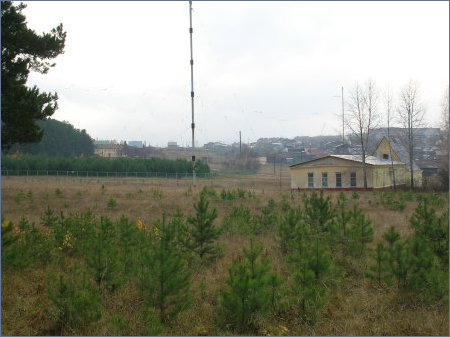
Main observatory building
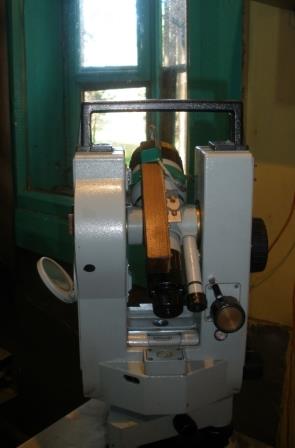
3T2КП DIM theodolite with a fluxgate magnetometer
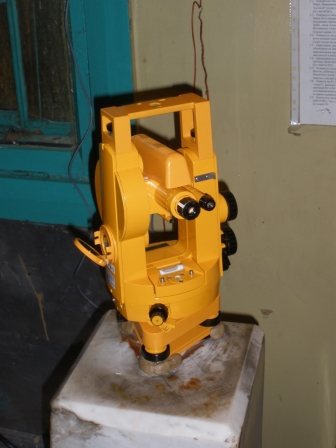
MinGeo DIM THEO010 theodolite with a fluxgate Model G magnetometer
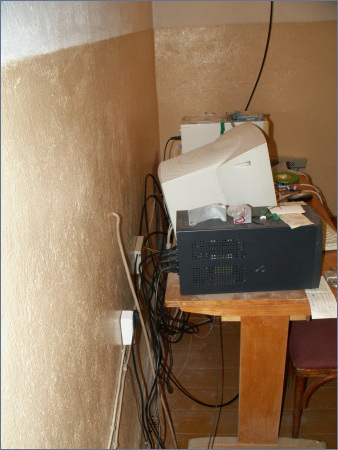
Data collecting system
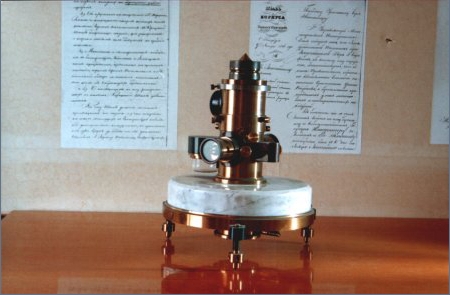
Antique optical-mechanical magnetometer from the observatory museum
POSTAL ADDRESS:
Geofizicheskaya St., 2a
Arti 623341, Sverdlovsk Region, Russia
CONTACT INFO:
Name: Dr. Oleg Kusonsky
E-mail: zavlab‹at›arudaemon‹dot›gsras‹dot›ru
Tel.: +7 (34391) 6-40-10 (observatory director)
Tel.: +7 (343) 204-97-54
Fax: +7 (343) 204-97-54
|